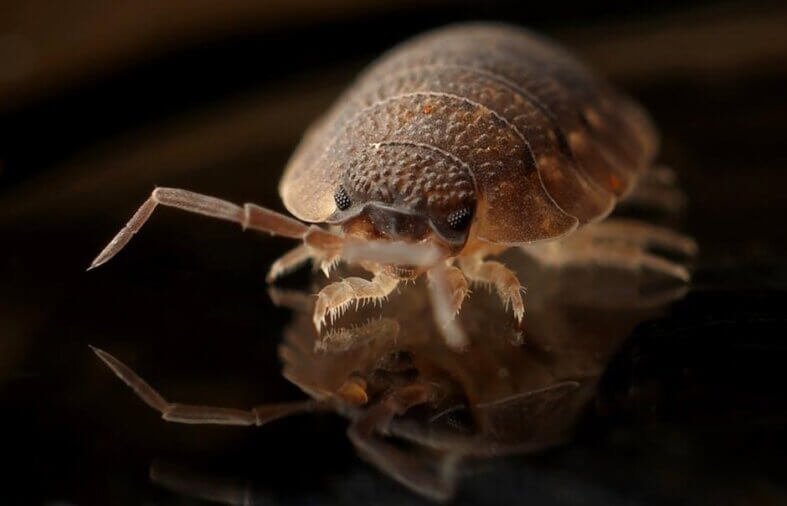Wooden furniture can add warmth and character to your home, but it can also be a playground for wood-destroying pests, commonly known as wood bugs. These tiny invaders can wreak havoc, compromising the integrity of your cherished pieces.
In this guide, we’ll explore how to identify these wood bugs in furniture and effectively remove them. Read on.
Identifying Wood Bugs
Wood bugs can refer to several types of pests, including termites, woodboring beetles, and carpenter ants. Here’s how to spot them:
Termites
These notorious pests often remain hidden but can leave signs such as hollowed-out wood and frass (wood shavings) near entry points. If you see swarming insects, usually during spring, you might have a termite issue.
Woodboring Beetles
These beetles leave small, round holes in wood surfaces and may produce a fine powdery substance (frass) around these holes. Look for signs of active infestation, like the emergence of new beetles.
Carpenter Ants
Unlike termites, carpenter ants don’t eat wood but excavate it to create nests. Look for sawdust-like material and witness ants moving in and out of the wood.
Assessing the Damage
Once you’ve identified the pest, it’s crucial to assess the extent of the damage. Check for:
Hollow Sound
Tap on the furniture with a screwdriver or your knuckles. A hollow sound indicates that the wood may be infested.
Structural Integrity
Look for signs of sagging, cracks, or loose joints. This may suggest significant damage.
Removing Wood Bugs
Here’s a step-by-step approach to remove wood bugs and protect your furniture:
Isolate the Furniture
Move the infested piece away from other furniture to prevent the bugs from spreading. Having them well separated prevent wood infestations.
Clean Thoroughly
Use a vacuum to remove any visible pests, frass, or debris from the furniture. Make sure to vacuum cracks and crevices where bugs may hide.
Apply Insecticides
Depending on the infestation type. For termites, consider borate-based products or professional treatment.
For woodboring beetles, apply a specific insecticide or wood preservative. Be sure to follow label instructions carefully. For carpenter ants, bait traps can effectively reduce their population.
Seal the Wood
After treatment, seal any holes or cracks with wood filler. This not only repairs the furniture but also helps prevent future infestations.
Consider Professional Help
If the infestation is severe or you’re unsure about the type of wood bug, it’s wise to consult a pest control professional. They can provide targeted treatments, such as termite treatment and advice on preventing future issues.
Preventing Future Infestations
Once you’ve dealt with the pests, taking preventive measures is essential:
Maintain Low Humidity
Wood bugs thrive in damp environments. Use dehumidifiers and ensure good ventilation in your home.
Regular Inspections
Routinely check your furniture for signs of infestation. Especially if you live in an area prone to wood pests.
Proper Storage
Store wooden furniture in dry, well-ventilated areas and avoid placing them directly on damp surfaces. This is one of the best pest-resistant furniture tips.
Keep Out Wood Bugs in Furniture Now
Identifying and removing wood bugs in furniture can seem daunting. However, with careful observation and appropriate action, you can protect your investment.
Regular maintenance and preventive measures will help ensure that your wooden furniture remains a source of beauty and functionality in your home for years to come. Keep an eye out for the signs, and take action quickly to enjoy your wood furniture worry-free! Talk to a furniture pest control service now!
If you want to read more articles, visit our blog.








